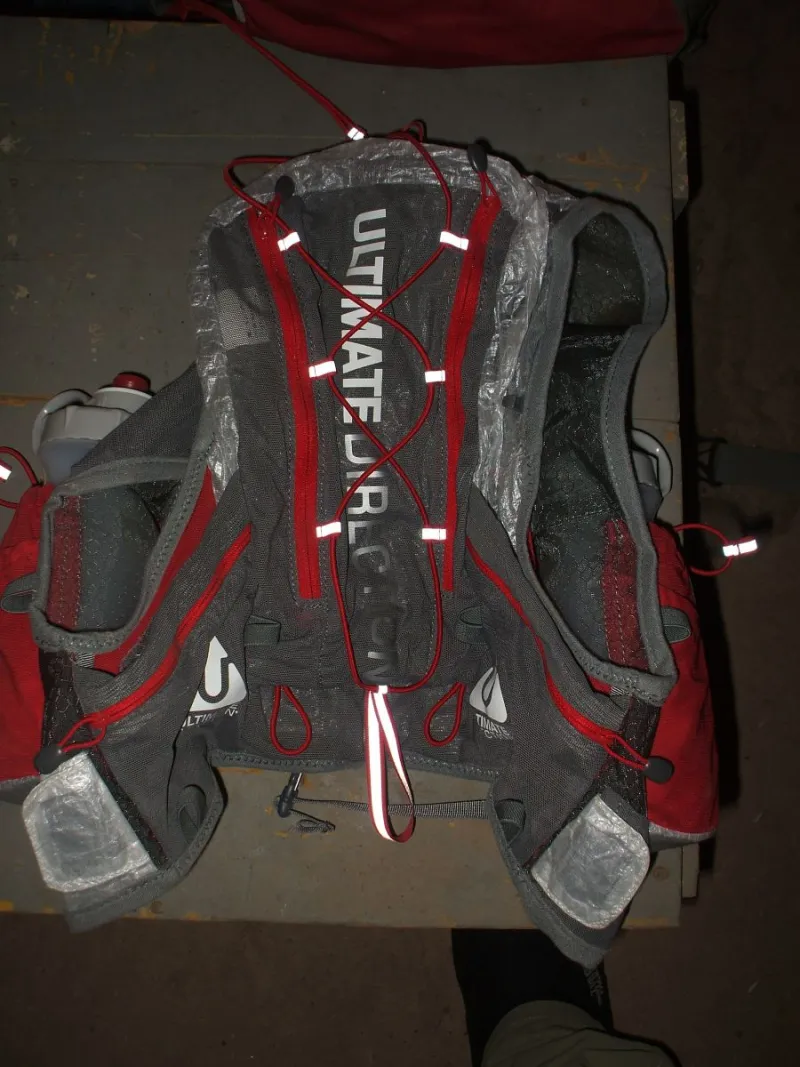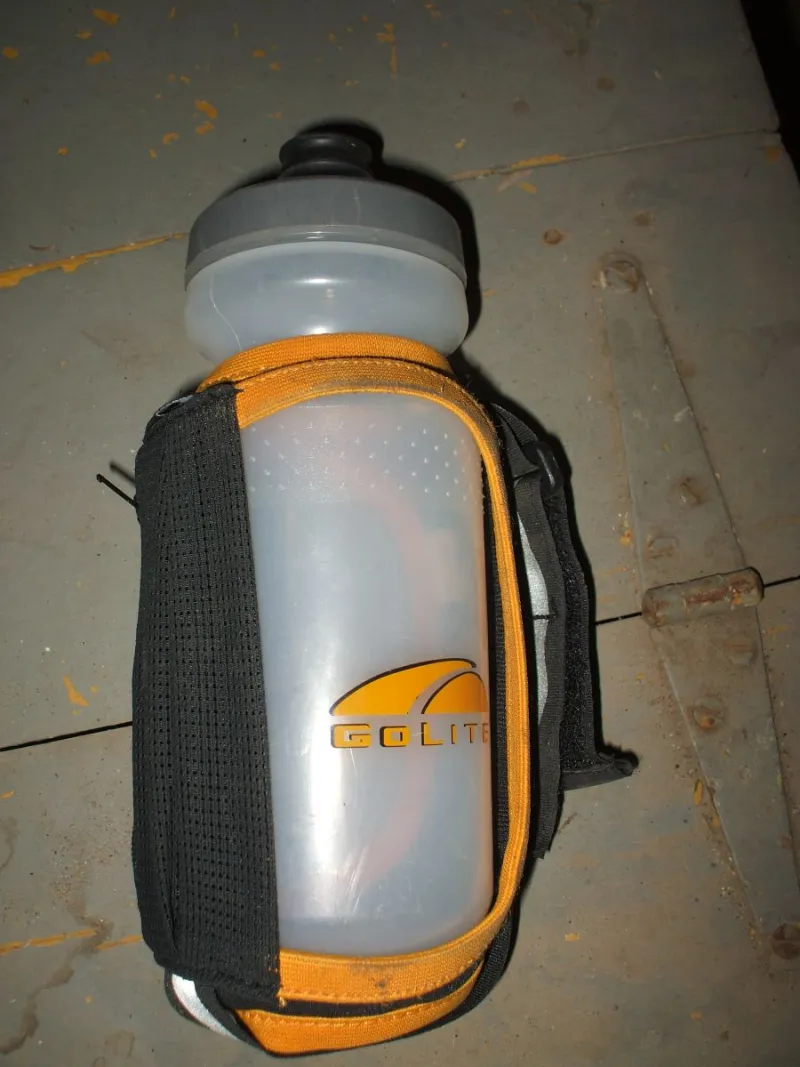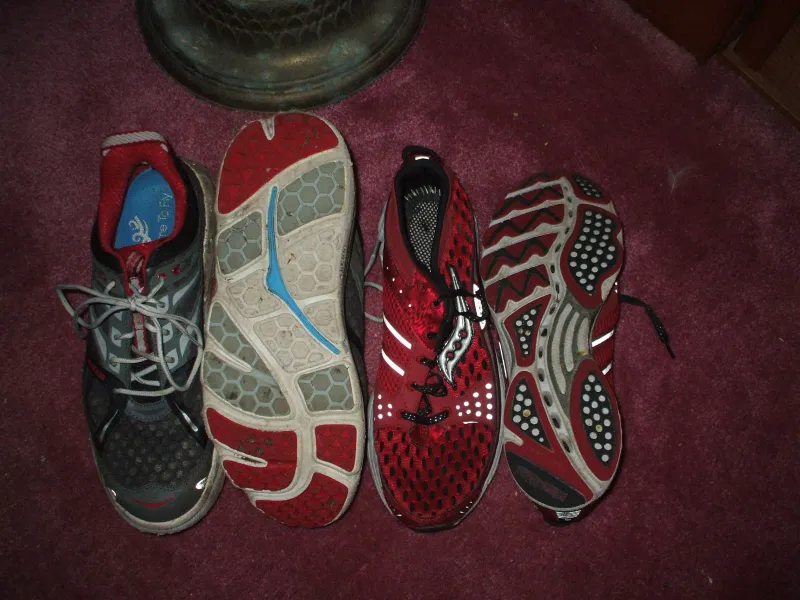
Try something new this year!
Hit the trail - running!
While not all trails in the Adirondacks are great for trail running, they essentially could be used for such. Trail conditions and terrain play a huge roll in what’s good and not-so-good, what should be run, fast-hiked or strolled upon. With that, experience also plays a huge roll. Where you might want to start out on something with easier terrain you could slowly graduate up to hard stuff that right now you might feel is out of your league.
Trail running is a sport that has hit the scene in a big way with special gear, clothing, shoes, packs, magazines, websites, hook-up sites, events, ultras, and much more. But what many might not realize is that the Tupper Lake Region is a great place to start your new sport or advance your abilities to where you might want to take on a race. The Tupper Lake Region is loaded with trails to suit all abilities and for those looking for a challenge - we have the places to go. Wild Forest trails in the area are excellent stomping grounds for beginners. The trails are often flatter and wider, and designed for multi-use such as snowmobile and horse riding. For example, the horse trails off the Corey’s Road or the Floodwood Loop near Fish Creek are perfect beginner trails.
Many road runners are starting to venture off to the woods and hit the trails in search of a new workout and a workout that is a bit friendlier on the knees. The varied terrain is unlike what can be found when pounding pavement, and with that it also works all different muscle groups including those stubborn stabilizer muscles that you didn’t even think you had.
Trail running is much different than road running as you may have expected. You will get dirty and other times very dirty, you will get wet, you will trip, you will fall, get bruised up, scratched up and damaged – but that is all part of the sport and a certain part that makes the sport that much more interesting and mysterious. Trail running can be tough at first and very demanding on the joints, lower back, and heart rate. While you can expect to keep up a faster pace on tarmac, the trails are a bit slower in distance but faster in thought. You will need to make split second decisions based on terrain, rocks, roots, mud, bridges, blow-down, stream crossings, and others on the trail. Uphill running is much more demanding and steeper graded. The trails can be very steep in excess of 30-degrees, where most roads don’t exceed 6 to 10 degrees. The pitches are usually shorts, but there are more of them. What’s around the corner might not be seen until you are right upon it, but with that being said, that makes trail running more interesting in the fact that you can’t see ahead for miles all the while feeling like you are getting no place fast.
My recommendation to you is - try it and see if you like it. Don’t buy special gear and clothing until you are sure the sport is for you. When you are ready you can take that step and grab some special gear as you need or want.
Gear for Trail Running
A backpack is not always something runners use, many use a fanny pack. The key here is to be sure that it fits comfortably and does not bounce or shift around. Don’t get to large of a pack, it’s not necessary. Look at specialty packs for trail running that have a water bladder, no frame, and have a mesh system where they can breathe and you won’t sweat as much. If you go with a fanny pack you also need to have the same criteria with shifting and bouncing. If the run is short you may just opt to carry a water bottle in each hand for ease of use and the freedom of no pack.


Do I use poles?
That’s up to you. I use them, I like them. The poles help give me added balance, a workout for my arms, and more maneuverability on the trail. They also help me power up the hills and hold back on the down hills, they also help prolong the life of my knees. They make very light poles that are good for running but the durability of them is much less than that of aluminum poles, which are beefier and heavier.
Outerwear for trail running
I like to wear clothing that breathes, dries fast, is comfortable and a bit more of a snug fit to the legs. I use a compression short under a pair of shorts. The compression helps the muscles move and react better to the stresses of a demanding workout. My top is loose and moves freely with my arms. A light merino wool or synthetic top is best for quick dry.
Trail shoes are the most important
Go to a reputable gear/footwear shop and get fitted for a pair of trail running shoes. Trail running shoes have a special fit and should be measured a bit differently to allow for foot movement on down hills. Trail running shoes have a different form of support and less cushion than road shoes, typically. The traction of trail running shoes is a bit more aggressive and usually with much softer rubber for better grip. Look for a shoe with a true heel. You can either choose waterproof or not. In the summer waterproof is less important than if you're running in the winter. Comfort is key.

Can I trail run in the winter?
Sure! Why not? You can use much of the same gear. You may need to get long running pants and maybe a pair of light weight base-layers. A very lightly insulated jacket can be nice, or something to cut the wind at least. Your shoes should be waterproof. You can grab a pair of low gaiters, neoprene are nice, these will keep snow and ice out of your low shoes. Poles help even more in winter for stability and traction. Then there are traction issues; micro-spikes are great for trail running. The traction is moderate and not too aggressive to where you notice the spikes under your foot. Micro-spikes stay in place better than some other traction devices.

The trails in the winter will need to be chosen a bit more carefully. Snowmobile trails are best in winter and those trails that get very heavy use and are packed down. Avoid trails where you will be post-holing through the snow and making the trail dangerous and awkward for other users. Post-holing can also cause you to get injured, especially on downhill sections. Don’t attempt to trail run on trails that are not packed out and solid from use, you could get injured from debris and such under the snow and it would just ruin the trails for other users, not to mention it wouldn’t be a fun experience.
For more information about trail running in the Adirondacks and gear to do the job seek out a local gear shop or book store for a guide to the Adirondack Trails. There are also many online resources to help you along with your new sport. Then be sure to check out our hiking pages for more details on the trails in the Tupper Lake Region.
